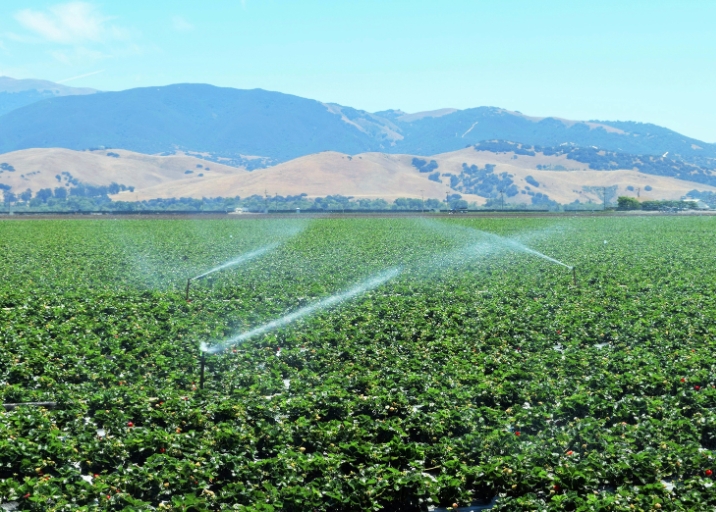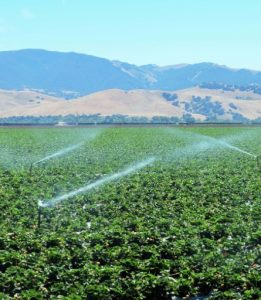By David Vetter
The world’s most productive agricultural regions face the greatest losses from climate change, with major farming areas in wealthy nations potentially losing as much as 40% of their maize and wheat production this century, a comprehensive new study has found.
In their analysis of more than 12,000 regions across 55 countries, a team of researchers from top U.S. and international institutions found that for every 1°C increase in global temperature, global food production could decline by approximately 120 calories per person per day—equivalent to 4.4% of current daily consumption.
The study, published in Nature, reveals that even when so-called climate adaptation strategies are undertaken, “breadbasket” regions are particularly vulnerable, and will face substantial reductions in the production of most key food crops, presenting a concerning outlook for global food security.
“It’s almost like in this context, those with the most to lose, lose the most,” said Andrew Hultgren, assistant professor at the University of Illinois and a lead author of the study. “In the U.S., we often think of the impacts of climate change being more heavily felt in poorer regions of the world. Here we find the opposite, where it is U.S. farmers in the heartland that actually face some of the largest risks to their future yields.”
The study comes hot on the heels of research showing global warming has caused an unprecedented increase in drought severity around the world. That paper, from researchers in Europe and the U.K. and also published by Nature, indicates that a record 30% of Earth’s land area experienced moderate to extreme drought in 2022, 42% of which was attributed to atmospheric evaporative demand, a phenomenon caused by higher average temperatures.




